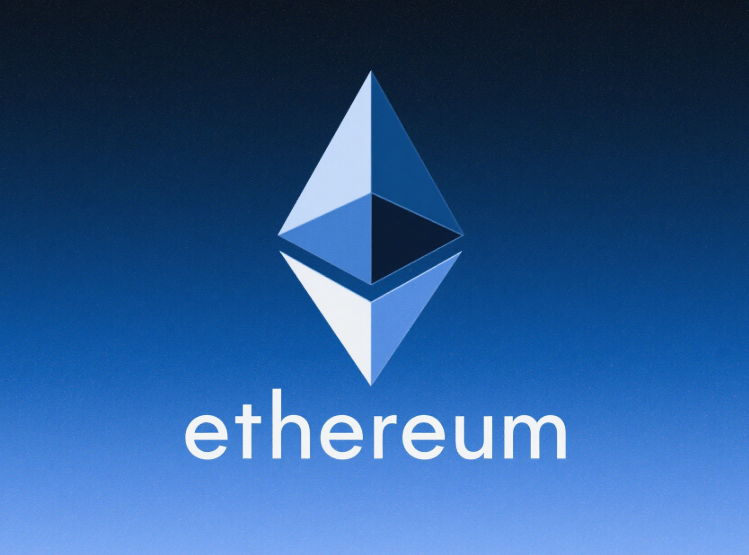Bitcoin and Ethereum are undoubtedly the two most shining stars. As the cryptocurrency market continues to develop, major exchanges are no longer limited to supporting only Bitcoin. Instead, they have begun to support multiple cryptocurrencies, including Ethereum. So, how do these major exchanges achieve multi - currency support through their source code architecture? Let's find out today.
Bitcoin: The Pioneer in the Cryptocurrency World
As the pioneer of cryptocurrencies, Bitcoin's birth opened a new era for blockchain and cryptocurrencies. Bitcoin uses a decentralized ledger technology, namely blockchain, and ensures the security and immutability of transactions through the Proof - of - Work (PoW) consensus mechanism. In the early days, exchanges mainly revolved around Bitcoin, and the source code architecture was relatively simple, mainly focusing on Bitcoin wallet management, transaction matching, and order processing.

The source code for Bitcoin wallet management is mainly responsible for storing and managing users' private keys, as well as sending and receiving Bitcoin. The source code for transaction matching matches users' buy and sell orders according to the principles of price priority and time priority. The source code for order processing handles operations such as placing and canceling orders. These source codes work together to form the basic architecture of early Bitcoin exchanges.
Ethereum: The Vanguard of Smart Contracts
The emergence of Ethereum has brought revolutionary changes to the cryptocurrency world. It is not only a cryptocurrency but also a smart contract platform. Ethereum uses a Turing - complete programming language, allowing developers to create various decentralized applications (DApps) on its platform.

With the rise of Ethereum, major exchanges began to support Ethereum trading. To support Ethereum, the source code architecture of exchanges needs a major upgrade. First, it is necessary to add support for Ethereum wallets. Ethereum wallets are technically different from Bitcoin wallets as they need to support smart contract interactions. Second, the source codes for transaction matching and order processing also need to be adjusted to adapt to the trading characteristics of Ethereum. For example, Ethereum transactions may contain more information, such as smart contract call data.
The Upgrade of the Source Code Architecture of Major Exchanges to Support Multiple Cryptocurrencies
To support multiple cryptocurrencies, the source code architecture of major exchanges needs a comprehensive upgrade. First, a modular design concept is adopted, encapsulating the processing logic of different cryptocurrencies into independent modules. In this way, when a new cryptocurrency needs to be added, only a new module needs to be developed and integrated into the existing architecture, greatly improving the scalability of the system.
Second, a unified interface layer is introduced. The wallet management, transaction matching, and order processing of different cryptocurrencies may have different implementation methods, but through the unified interface layer, these differences can be shielded, enabling upper - layer applications to call these functions in a unified way.

Third, the security mechanism is strengthened. As the number of supported cryptocurrencies increases, the security risks faced by exchanges also increase accordingly. Therefore, the source code architecture needs to strengthen the protection of users' private keys, using technologies such as multi - signature and cold wallet storage to ensure the security of users' assets.
Finally, the performance is optimized. Supporting multi - currency trading places higher requirements on the system's performance. Exchanges need to use distributed architectures, caching technologies, and other means to improve the system's processing capacity and response speed.
Future Outlook
As the cryptocurrency market continues to develop, major exchanges may support more cryptocurrencies in the future, including some emerging cross - chain cryptocurrencies. The source code architecture will also continue to evolve to adapt to market changes and user needs. At the same time, exchanges also need to pay more attention to security and compliance to provide users with a more stable and reliable trading environment.
In short, from Bitcoin to Ethereum, the source code architecture of major exchanges supporting multiple cryptocurrencies has evolved from simple to complex. Understanding the principles and upgrade process of these architectures will help us, as investors and enthusiasts in the cryptocurrency circle, better understand the operating mechanisms of exchanges and make more informed investment decisions.
















No comments yet